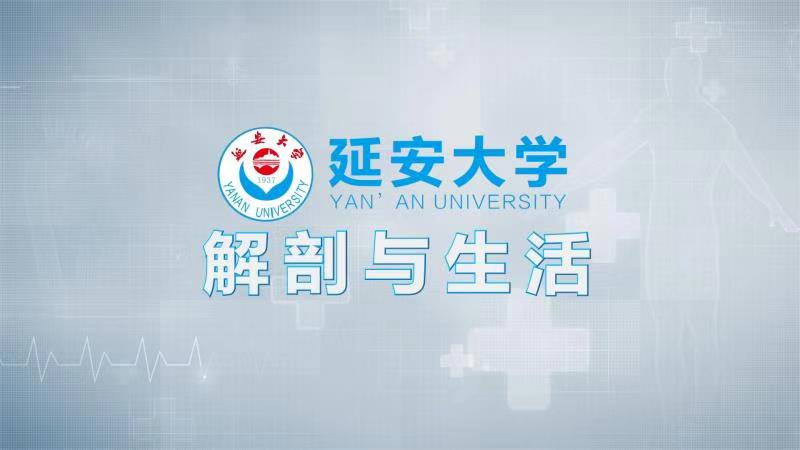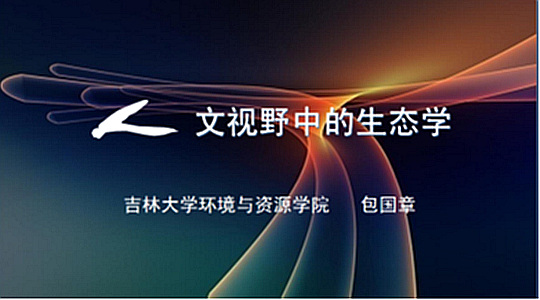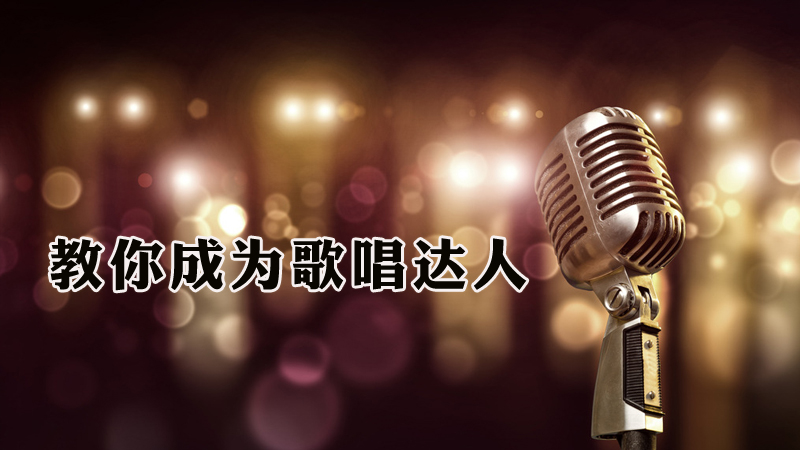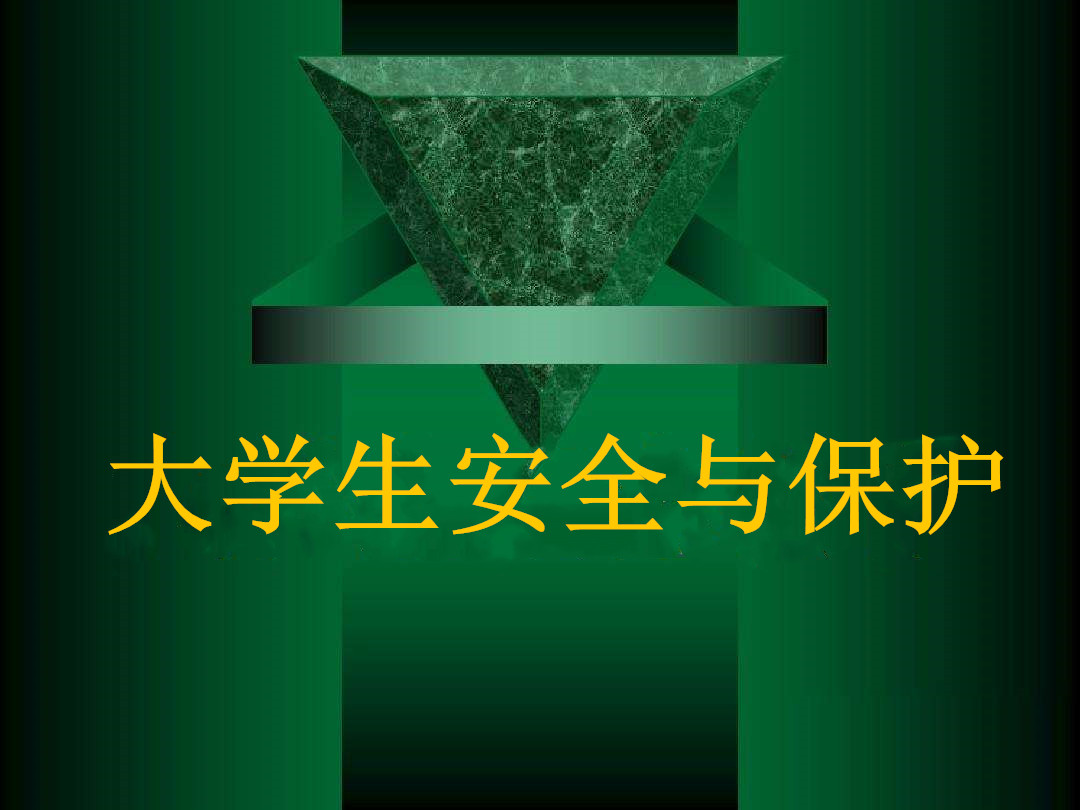
当前课程知识点:英语畅谈中国 > Unit 14 Chinese Kung Fu 中国功夫 > 第十四单元讨论 > 第九单元讨论
Here are two questions. Please choose one of the questions to answer.
1. How did the Forbidden City get its name?
2. What rituals did the city plan of the Forbidden City follow?
-1.1 Introduction
-1.2 Confucius and His Conception of ren
--1.2 Confucius and His Conception of Ren
-1.3 From Behavior Cultivation to Social Order
--1.3 From Behavior Cultivation to Social Order
-1.4 Confucian Thought on li
-1.5 Seminar
-第一单元测试题
-2.1 Introduction
-2.2 Dao: The Origin of Everything
--2.2 Dao: The Origin of Everything
-2.3 Reversion: the fundamental principle in the law of nature
--2.3 Reversion: the fundamental principle in the law of nature
-2.4 Paradoxical expressions
-2.5 Comparison between Laozi and Confucius
--2.5 Comparison between Laozi and Confucius
-第二单元测试题
-3.1 Introduction
-3.2 The Origin of Chinese Characters
--3.2 The Origin of Chinese Characters
-3.3 The Six Major Stages in the Development of Chinese Characters
--3.3 The Six Major Stages in the Development of Chinese Characters
-3.4 The Conformation of Chinese Characters
--3.4 The Conformation of Chinese Characters
-3.5 The Characteristics of Chinese Characters
--3.5 The Characteristics of Chinese Characters
-3.6 Seminar
-第三单元测试题
-4.1 Introduction
-4.2 Lunar Calendar and Solar Calendar
--4.2 Lunar Calendar and Solar Calendar
-4.3 The First Biggest Festival: Spring Festival
--4.3 The First Biggest Festival: Spring Festival
-4.4 The Second Biggest Festival: Mid-Autumn Day
--4.4 The Second Biggest Festival: Mid-Autumn Day
-4.5 Contrast and Comparison
-4.6 Seminar
-第四单元测试题
-5.1 Introduction
-5.2 Rich Chinese Food Culture
--5.2 Rich Chinese Food Culture
-5.3 Balanced Diet
-5.4 The Chinese Palates
-5.5 Eight Cuisines
-5.6 Seminar
-第五单元测试题
-6.1 Introduction
-6.2 Engagement
-6.3 Preparation
-6.4 Wedding Day
-6.5 Post-wedding Ceremonies
-6.6 Seminar
-第六单元测试题
-7.1 Introduction
-7.2 Origin of Cheongsam
-7.3 Evolution of Cheongsam
-7.4 Design of Cheongsam and Its Cultural Connotation and Aesthetic Thoughts
--7.4 Design of Cheongsam and Its Cultural Connotation and Aesthetic Thoughts
-7.5 Seminar
-第七单元测试题
-8.1 Introduction
-8.2 History of Chinese Paper Cutting
--8.2 History of Chinese Paper Cutting
-8.3 Artistic Features of Chinese Paper Cutting
--8.3 Artistic Features of Chinese Paper Cutting
-8.4 Cultural Values of Chinese Paper Cutting
--8.4 Cultural Values of Chinese Paper Cutting
-8.5 Seminar
-第八单元测试题
-9.1 Introduction
-9.2 The Literal Meaning
-9.3 The Architectural Layout: Two Courts
--9.3 The Architectural Layout: Two Courts
-9.4 The Architectural Layout and the Traditional Rituals
--9.4 The Architectural Layout and the Traditional Rituals
-9.5 The Mythological Animals on the Eaves
--9.5 The Mythological Animals on the Eaves
-9.6 Seminar
-第九单元测试题
-10.1 Introduction
-10.2 Roof Styles
-10.3 Width and Depth
-10.4 Eight Trigrams
-10.5 Five Elements
-10.6 Yin and Yang
-10.7 Chinese Architectural Wisdom
--10.7 Chinese Architectural Wisdom
-10.8 Dragon as a Cultural Symbol
--10.8 Dragon as a Cultural Symbol
-10.9 Seminar
-第十单元测试题
-11.1 Introduction
-11.2 The Historical Development of Peking Opera
--11.2 The Historical Development of Peking Opera
-11.3 The Four Major Roles of Peking Opera
--11.3 The Four Major Roles of Peking Opera
-11.4 The Facial Makeup of Peking Opera
--11.4 The Facial Makeup of Peking Opera
-11.5 Seminar
-第十一单元测试题
-12.1 Introduction
-12.2 Principles and Philosophical Bases of TCM Treatment
--12.2 Principles and Philosophical Bases of TCM Treatment
-12.3 Qi and Meridians
-12.4 TCM Healing Modalities
-第十二单元测试题
-13.1 Introduction
-13.2 The Historical Development of Chinese Painting
--13.2 The Historical Development of Chinese painting
-13.3 The Characteristics of Chinese Painting
--13.3 The Characteristics of Chinese Painting
-13.4 The Influential Painters and Their Masterpieces
--13.4 The Influential Painters and Their Masterpieces
-第十三单元测试题
-14.1 Introduction
-14.2 The Principles and Characteristics of Chinese Kung Fu
--14.2 The Principles and Characteristics of Chinese Kung Fu
-14.3 The Schools of Chinese Kung Fu
--14.3 The Schools of Chinese Kung Fu
-14.4 The Fist Fighting Techniques of Chinese Kung Fu
--14.4 The Fist Fighting Techniques of Chinese Kung Fu
-第十四单元测试题






